2017 Cannondale Supersix Evo Hi Mod Bicycle Blue Book
First launched in 2011, the Cannondale SuperSix Evo Hi-Mod was an instant hit, and during its long product cycle has gone on to win many of the world's biggest bike races, as well as the hearts and admiration of amateur racers and leisure cyclists alike. It combined great performance and dialled geometry with a light and stiff frame, and more comfort than you'd expect from a race bike.
Updating it was never going to be an easy job, which is perhaps why it's taken Cannondale so long to do just that. As you can see from the photos, Cannondale has been quite conservative in its update, but the changes, though subtle, serve to ensure the new Evo is still a contender for any high-performance race-bike shortlist.
> Find your nearest dealer here
Critically, it retains the core values of accessible performance and solid handling but it's now that little bit better: lighter, stiffer, more comfortable and more aerodynamic. I've been riding the £3,999 Shimano Dura-Ace 1 version and while it's undoubtedly a shedload of cash, it does a sterling job of justifying the expense. Carbon race bikes don't get much finer than this.
Ride and handling
The market for carbon fibre road bikes is a fast-paced one at the moment, with new bikes popping up all the time and many packing all sorts of innovations, from integration to aerodynamics, with bike models becoming increasingly specialised.
The original SuperSix Evo was an extremely good bike, one of the best handling high-performance bikes able to race as well as providing enough comfort for sportives. Rather than a radical redesign, the new Evo remains true to its roots, but it's been refined and finessed. The new bike retains the essence of the original while providing some subtle improvements to the key areas that really matter to the rider: comfort and stiffness. It's also a bit more aerodynamic but it's not a full-on aero bike in the mould of the Specialized Venge or Canyon Aeroad. An aero bike is still missing from the company's range.
I've spent a lot of time on the previous SuperSix Evo and tested various versions of the bike over the years. It's a bike I've always found just worked really well, whether racing or trundling along on the weekend training ride, climbing in the mountains or fast and hectic crit racing.
The new SuperSix Evo offers a very familiar ride, with the same dialled geometry that makes the handling one of the standout aspects of this bike. While the familiarity is welcome, there's a noticeable improvement in how quickly the bike responds to your inputs, whether through the handlebar or pedals. But perhaps the most noticeable benefit of the changes is an improvement in the comfort and composure the bike displays on rough roads.
The old Evo was hardly a compromising and jittery bike on the rough, but the changes to the fork (more on that in a minute) and a skinnier seatpost do bring about a noticeable improvement in compliance. It's that little bit more composed and it mops up vibrations in a much more assured manner than the previous bike.
I did note that the available deflection from the 25.4mm seatpost is limited by the fact that there's very little of it sticking out of the seatpost, at least with my saddle height. A more sloping top tube would allow for more seatpost extension, which would presumably boost seated comfort even more.
Considering that it's a race bike, it's not overly flighty or ever twitchy, and is very stable and planted. This makes it an easy bike to get on with; there are no surprises, and it's right at home in a tightly packed peloton or leisurely Sunday jaunt. The front end feels a bit more direct than the previous model while also feeling smoother, and it tracks any line you care to choose with great accuracy.
Weight savings are too minimal to detect, but in this 6.4kg Dura-Ace build, the Evo certainly isn't heavy and goes up climbs like a scalded cat, with the stiffened frame and fork making it a bit sharper when grunting up a wall of a climb out of the saddle. The gearing is spot-on, high enough to race on but low enough to tackle most steep gradients, and when you do run out of gears the low weight helps you out enormously.
Cornering and descending performance were highlights of the previous bike and continue to be on the new Evo, but the changes to the frame make it a more polished descender, smoother through rough turns, with slightly more direct steering. It's an easy bike to pilot down a descent at high speed, and you can get pretty close to the limits while remaining calm and collected.
Frame and equipment
At first glance, there appears to be very little difference between the updated Evo and the previous model. As I've already said, and proving just how good the original Evo was, this latest version has been refined and evolved rather than any radical clean sheet redesign.
That's a good thing. Cannondale has maintained the simple aesthetics that we love about the bike, with its horizontal top tube (even if it probably limits the potential deflection of the seatpost) and mostly round profile tubes. With some bike designers clearly trying to ensure their frames stand out, there's something pleasingly simple about the Evo's conventional lines and shapes.
It's impressive that the fundamental qualities that made the original Evo such an appealing bike have been retained, yet somehow the US company has managed to make small improvements. It's sliced away 67g of weight from the frameset (frame, fork, headset and seatpost) and in adopting the 25.4mm seatpost from the Synapse endurance bike has gifted the Evo a bit more seated comfort.
Almost as skinny as the new seatpost is the new fork, which, looking at the bike from the side, is the easiest way to identify a new Evo. Cannondale has slimmed down the fork profile and incorporated its SAVE micro-suspension technology, also used in the rear stays, so it improves front end compliance by a claimed 21% and also drops a sizeable 40g from the weight, so it's now 280g.
Some of the new fork's weight saving comes courtesy of its one-piece construction with a moulded crown race, with the bearings sitting directly on the carbon. The frame and fork are still made from Cannondale's Ballistec carbon fibre but the layup has been refined, and it's also updated the bottom bracket to a new wider BB30a, which increases the width on the non-drive side.
External cable routing is a rare sight on a top-end race bike these days, but the simplicity it offers the home mechanic when it comes time to replace the cables can't be underestimated.
Then there are the aerodynamic improvements. We wondered for a long time how Cannondale might update the venerable Evo, with some speculation that it might go to town on the aerodynamics. It hasn't, but it has reshaped the down tube using a slightly truncated profile which it calls TAP (Truncated Aero Profile) and lowered the bottle mount. These changes amount to a claimed 6-watt drag reduction at 40kph compared with the old Evo.
Cannondale has clearly sought to improve the aerodynamic efficiency of the new Evo but without compromising the other performance aspects of the frame, and the result is that it has managed to retain the brilliant all-round ability of the bike.
Equipment
This Hi-Mod frame is the same as raced by the Cannondale-Drapac professional team, and Cannondale offers five models right up to the insanely desirable Black Inc, costing a cool £6,999, or the team replica at £7,499. Our test bike costs £3,999 and is the more expensive of two models based primarily around Shimano's excellent Dura-Ace 9000 mechanical groupset.
Shimano might have just released a new Dura-Ace 9100 groupset, but the 9000 series shifters and derailleurs on this bike provide flawless shifting right across the 11-28 cassette, with never a gear change missed or chain dropped. The brakes, too, are excellent, with a solid and firm feel at the lever and with the aluminium rims, and make a strong case for the future of rim brakes.
Cannondale has long been a pioneering company and one of its favoured developments is its own chainsets. This is the top-tier Hollowgram SiSL2 chainset with 10-arm OPI SpideRing chainrings in a 52/36 flavour, and it's a big chunk of the premium over the cheaper Dura-Ace Evo Hi-Mod 2 bike.
And boy is it light. It weighs a scant 438g, lighter than Dura-Ace (553g) and SRAM Red (557g) and is manufactured by machining each crank as two pieces then bonding the separate halves together, while the spider and chainrings are made from one piece of metal. That's an expensive way to make a chainset but it results in astonishing weight, and it's a thing of beauty (well, in my eyes it is), and the shifting performance is as good as Dura-Ace.
Mavic's Ksyrium Pro wheels, at 1,475g for the pair, contribute to the low overall weight, and also to the responsive and direct ride of the Evo. I like a nice simple aluminium box-section clincher rim: simple, durable, light and the brake track works reliably in all conditions. (See road.cc's complete guide to Mavic road wheels here.)
Mavic has responded to the wide tyre trend and increased the rim width by 2mm, which though small, leads to an 18% increase in air volume with the 25mm tyres fitted, according to the company's claims. This allows you to lower the tyre pressure and greatly contributes to the comfort of the new Evo. And if you want to go wider still, the Evo frame now accommodates 28mm tyres, one of the few top-end race bikes to accept such wide tyres.
The French wheel specialist has been pushing its own tyres for a number of years now, and the Ksyriums are fitted with Yksion Pro tyres that are front and rear specific; the front – Griplink – features a Kevlar puncture protection belt and a tread pattern designed to 'evacuate water quickly when cornering' (even though tread pattern makes no difference on a bicycle tyre), while the Powerlink rear tyre swaps the Kevlar belt for a more supple nylon puncture protection band to reduce rolling resistance. In use, the tyres provide assured traction in a range of conditions, though they're not quite as confidence-inspiring in the wet as some other rival tyres. Durability has been fine during the test period with no punctures, and close inspection reveals few cuts to the tread.
What else? Well, this bike comes with Cannondale's own carbon fibre handlebar. The company has been producing its own finishing components for years now, but this is its first dabble in the world of carbon bars. And it's spot-on. With a nice shape, short reach and reasonably shallow drops, it's a fine addition to the bike. Securing it to the bike is a rather less fancy aluminium C3 stem, which I swapped out for a 12cm stem to achieve my desired fit.
Also carbon is the seatpost, with a two-bolt clamp mechanism that's easy to adjust. A minor aesthetic niggle is the low placement of the SAVE logo, which was partly obscured with my saddle height. It could easily be positioned a couple of centimetres higher.
The Fizik Arione saddle is, for me anyway, a damn comfortable thing to sit on for long rides, and it's paired with matching Fizik bar tape that is grippy even when riding without gloves.
Overall
The new Cannondale SuperSix Evo Hi-Mod is a superbly good bike that combines fantastic handling with refinement and raw speed. In a market that's obsessed wth the search for the Next Big Thing, it's refreshing that Cannondale has managed to retain everything I loved about the original, but made it noticeably better.
Cannondale's biggest challenge could be in convincing new, or current, Evo customers that they should choose the new Evo rather than one of the more radical new road bikes that, on paper at least, seem to offer more. I'd say don't let the conservatism of this updated bike put you off. If what you want is a really nice-handling all-rounder road bike that can turn its hand to racing or sportives, with a lovely balance of stiffness and comfort, and great looks, the Super Six Evo Hi-Mod doesn't disappoint.
Verdict
Lighter, stiffer and more aerodynamic, Cannondale's new SuperSix Evo is a worthwhile update
If you're thinking of buying this product using a cashback deal why not use the road.cc Top Cashback page and get some top cashback while helping to support your favourite independent cycling website
road.cc test report
Make and model: Cannondale SuperSix Evo Hi-Mod Dura-Ace 1
Size tested: 56cm
State the frame and fork material and method of construction. List the components used to build up the bike.
Frame
All-New SuperSix EVO, BallisTec Hi-Mod Carbon, Di2 Compatible, SPEED SAVE, PressFit BB30a
Fork
All-New SuperSix EVO, SPEED SAVE, BallisTec Hi-MOD full Carbon, 1-1/8" to 1-1/4" steerer, integrated crown race.
Front Derailleur
Shimano Dura Ace 9000, braze-on
Rear Derailleur
Shimano Dura Ace 9000
Number of Gears
22
Shifters
Shimano Dura Ace 9000
Chain set
Cannondale HollowGram SiSL2, BB30a, w/ OPI SpideRing SL, 52/36
Bottom Bracket
PressFit30
Cassette
Shimano Dura Ace 9000, 11-28, 11-speed
Chain
Shimano HG900, 11-speed
Brakeset
Shimano Dura Ace 9000
Handlebars
Cannondale Escape Hanger Carbon
Stem
Cannondale C1 Ultralight, 2014 Alloy w/ Ti Bolts, 31.8, 6 deg.
Headset
SuperSix EVO, 1-1/4" lower bearing, 15mm carbon top cap
Grips
Fizik Team
Wheelset
Mavic Ksyrium Pro Alloy
Front Tyre
Mavic Yksion Pro SSC GripLink 700 x 25C
Rear Tyre
Mavic Yksion Pro SSC PowerLink 700 x 25C
Saddle
Fizik Arione R3 w/ K:ium Rail
Seatpost
Cannondale SAVE, 25.4x350mm
Tell us what the bike is for, and who it's aimed at. What do the manufacturers say about it? How does that compare to your own feelings about the bike?
Cannondale says: "The original SuperSix EVO offered such an incredible balance of all the elements of performance that Tour magazine named it, the ''Best Bike in the World''. Cannondale were flattered, but after some celebratory champagne, they rolled up our sleeves and got back to work. With the all-new Cannondale SuperSix EVO Hi-MOD, Cannondale used that same harmonious blend of elements and cranked each part up to eleven. They made it even stiffer, even lighter, even more smooth riding; we've even added aero features. All in the quest to make it the best climbing, best descending, best sprinting, best attacking, best all-around-from-starting-gun-to-finish-line race bike ever made. Because true power lies in the balance."
Overall rating for frame and fork
9/10
Tell us about the build quality and finish of the frame and fork?
Excellent build quality and attention to detail.
Tell us about the materials used in the frame and fork?
Cannondale uses its own Ballistec carbon with high-modulus carbon in key areas to reduce the weight and increase the stiffness.
Tell us about the geometry of the frame and fork?
Very racy but not so aggressive that it's not docile when riding at relaxed speeds.
How was the bike in terms of height and reach? How did it compare to other bikes of the same stated size?
Perfect – once I changed the stem.
Was the bike comfortable to ride? Tell us how you felt about the ride quality.
A marked comfort improvement over the old Evo thanks to a host of changes.
Did the bike feel stiff in the right places? Did any part of the bike feel too stiff or too flexible?
Compared with the old Evo it's stiffer when pedalling and there's more front end stiffness detectable when climbing out of the saddle.
How did the bike transfer power? Did it feel efficient?
Very much so, yes.
Was there any toe-clip overlap with the front wheel? If so, was it a problem?
No
How would you describe the steering? Was it lively, neutral or unresponsive? Neutral
Tell us some more about the handling. How did the bike feel overall? Did it do particular things well or badly?
The handling is highly refined, a pleasure to ride, whether fast or slow. It's fabulous on the descents.
Rate the bike for efficiency of power transfer:
9/10
Rate the bike for acceleration:
9/10
Rate the bike for sprinting:
8/10
Rate the bike for high speed stability:
9/10
Rate the bike for cruising speed stability:
8/10
Rate the bike for low speed stability:
8/10
Rate the bike for flat cornering:
8/10
Rate the bike for cornering on descents:
10/10
Rate the bike for climbing:
10/10
Rate the drivetrain for performance:
8/10
Rate the drivetrain for durability:
8/10
Rate the drivetrain for weight:
9/10
Rate the drivetrain for value:
7/10
Rate the wheels for performance:
8/10
Rate the wheels for durability:
8/10
Rate the wheels for weight:
9/10
Rate the wheels for comfort:
7/10
Rate the wheels for value:
8/10
Rate the tyres for performance:
7/10
Rate the tyres for durability:
8/10
Rate the tyres for weight:
7/10
Rate the tyres for comfort:
8/10
Rate the tyres for value:
8/10
Rate the controls for performance:
8/10
Rate the controls for durability:
8/10
Rate the controls for weight:
7/10
Rate the controls for comfort:
9/10
Rate the controls for value:
8/10
Did you enjoy riding the bike? Yes
Would you consider buying the bike? Yes
Would you recommend the bike to a friend? Yes
Rate the bike overall for performance:
10/10
Rate the bike overall for value:
8/10
Use this box to explain your score
There's a lot of competition at this price point but the SuperSix Evo builds on a solid foundation of a well-loved road bike and makes it marginally better in many ways. It's still a top-level bike that needs to be considered if you're in the market for a top-end race bike.
Age: 31
I usually ride:My best bike is:
I've been riding for: 10-20 yearsI ride: Every dayI would class myself as: Expert
I regularly do the following types of riding: road racing, time trialling, cyclo-cross, commuting, touring, mountain biking
Source: https://road.cc/content/review/196496-cannondale-supersix-evo-hi-mod-dura-ace-1

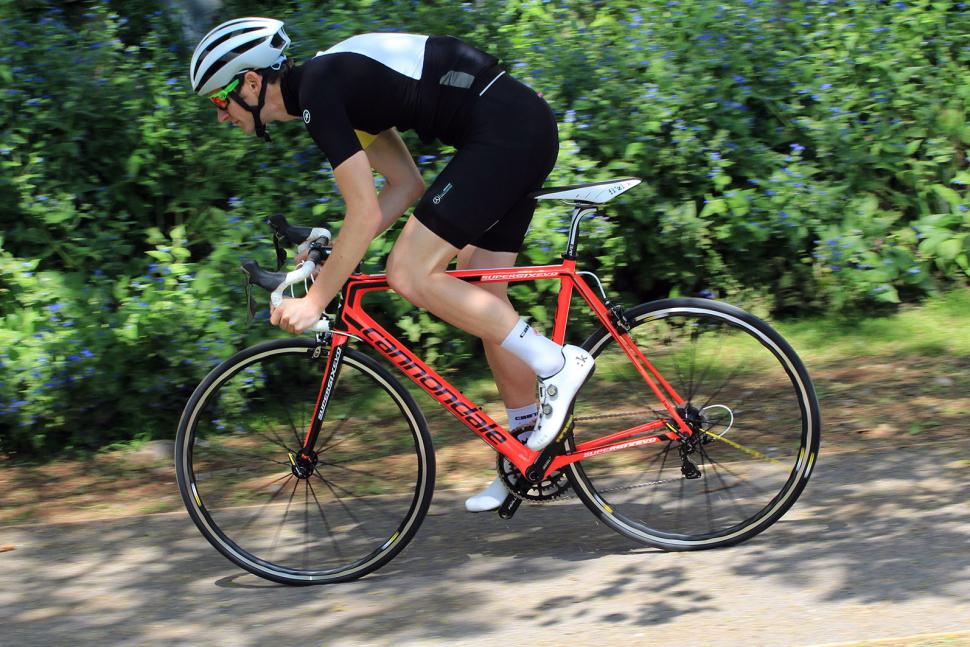
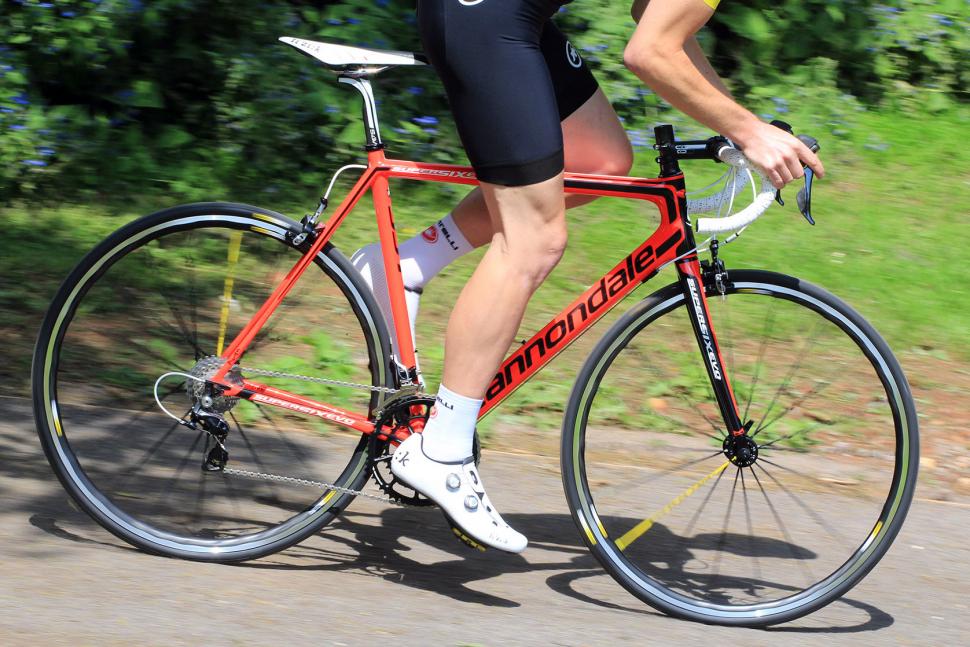
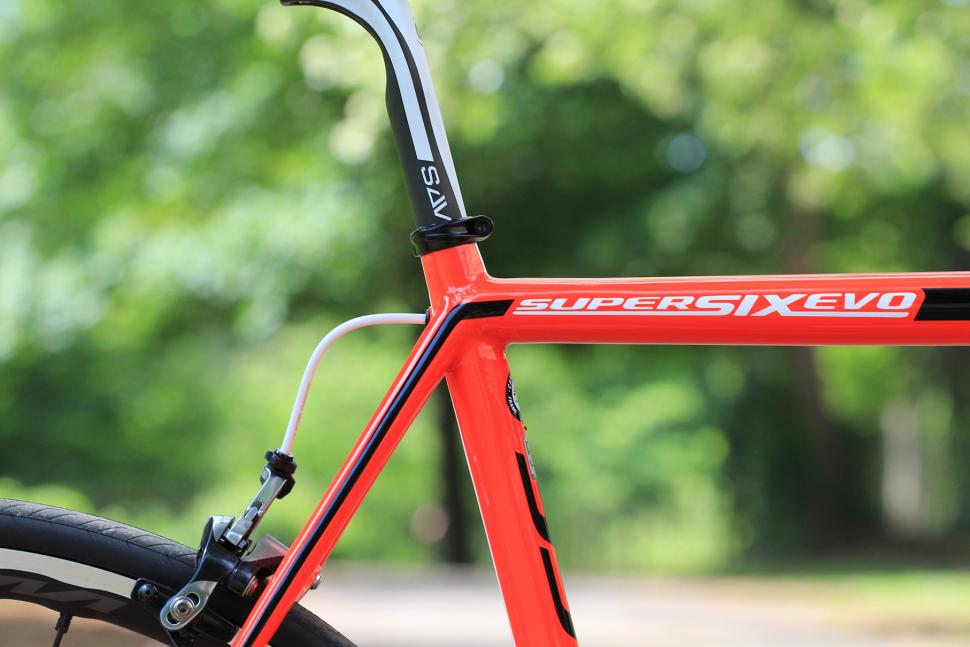
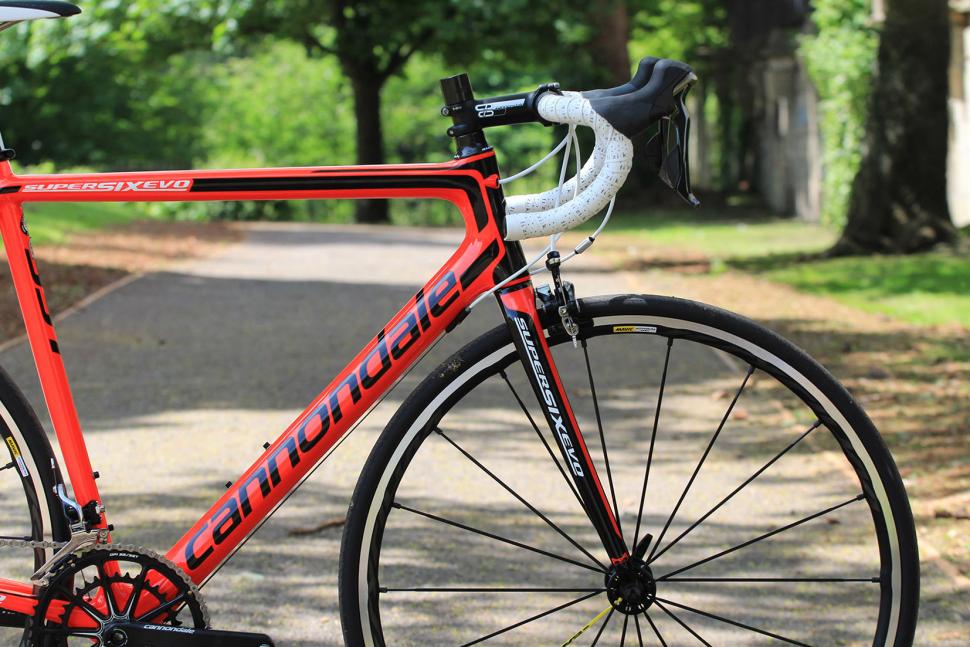
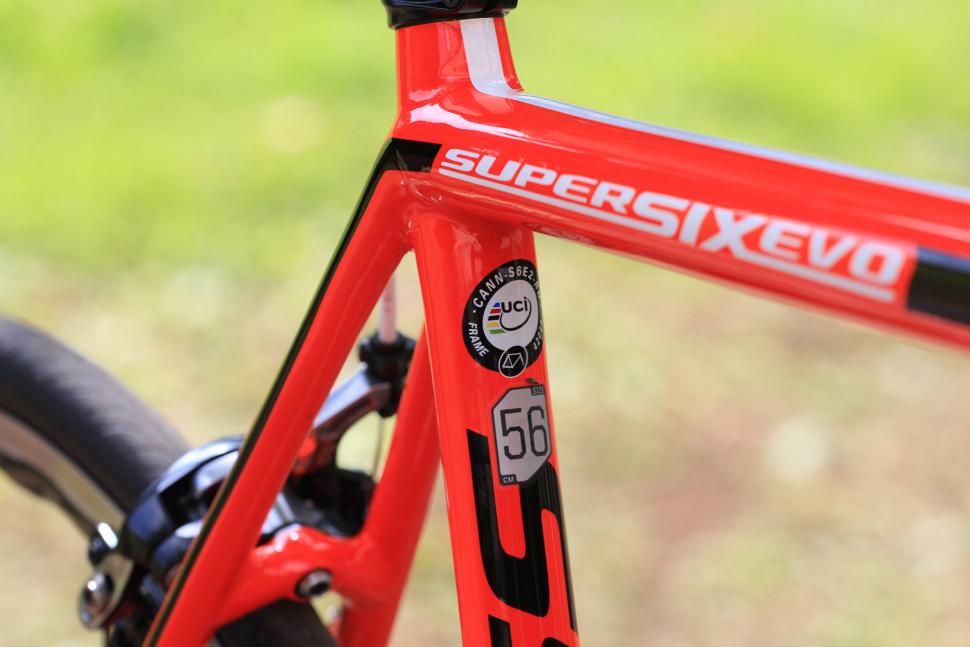
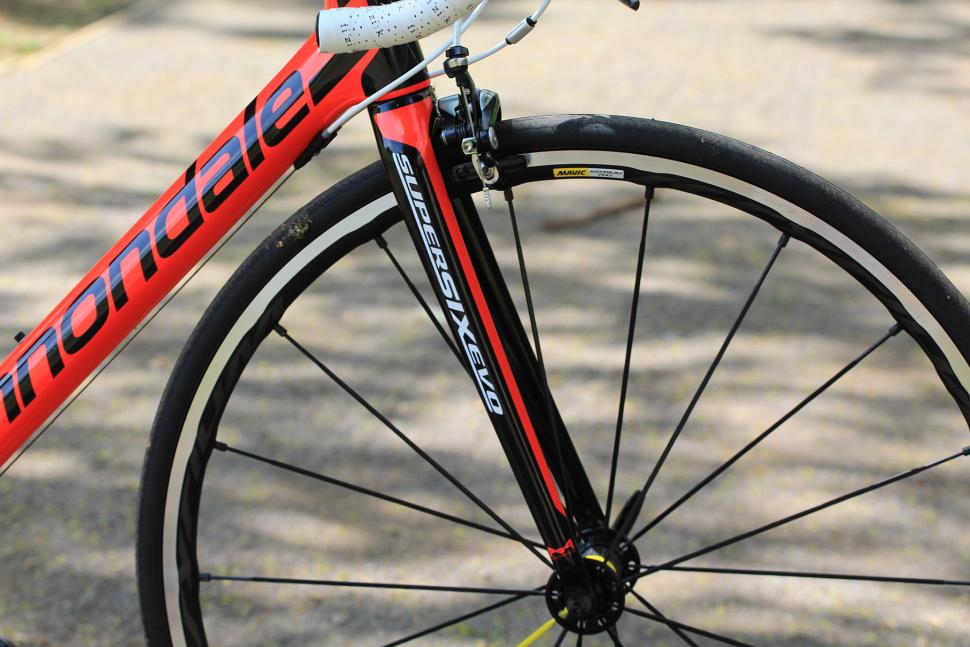



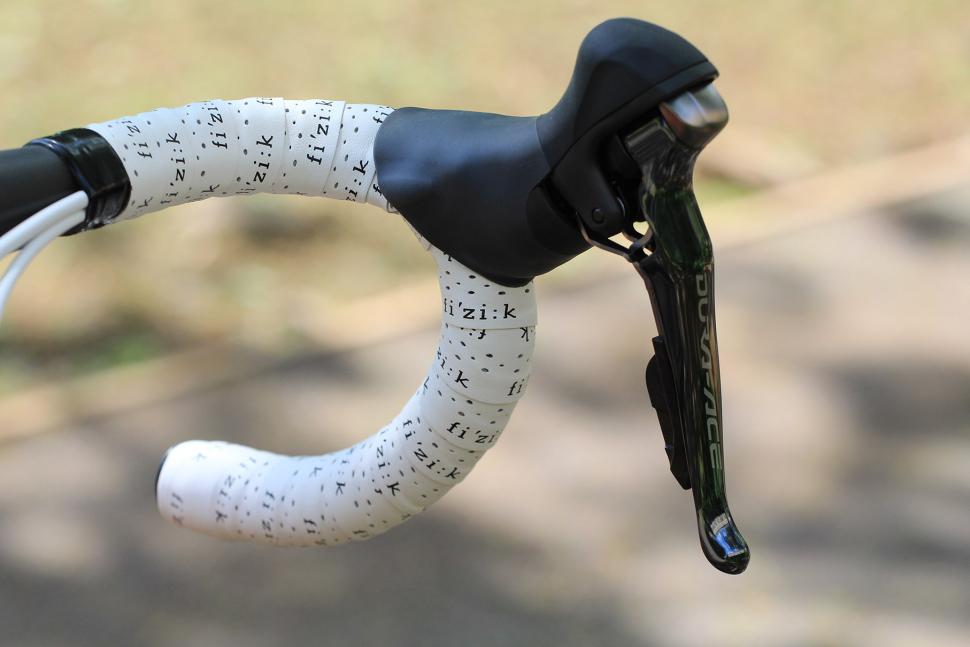
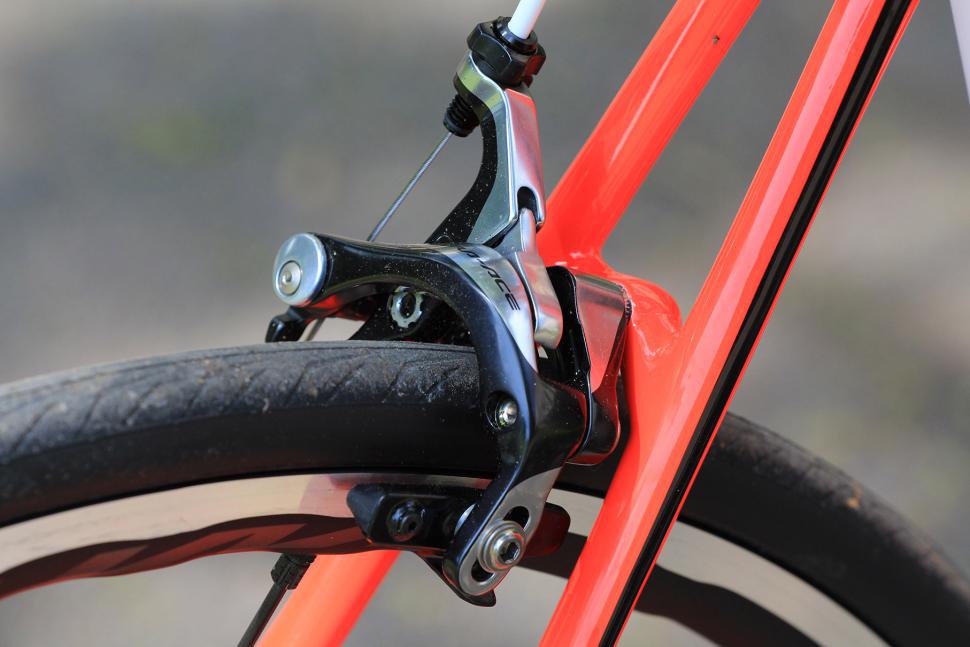
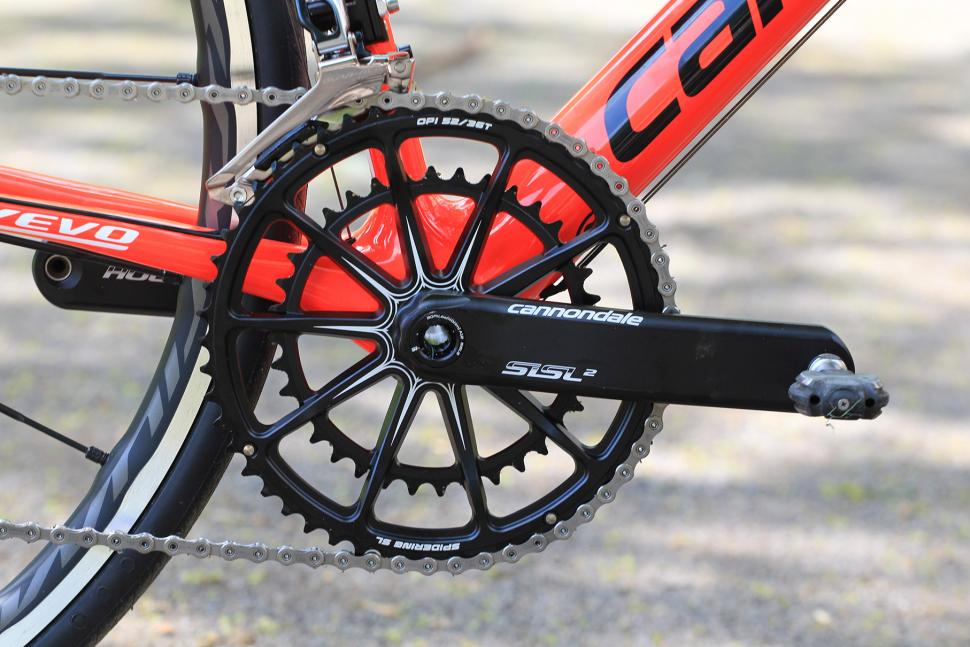



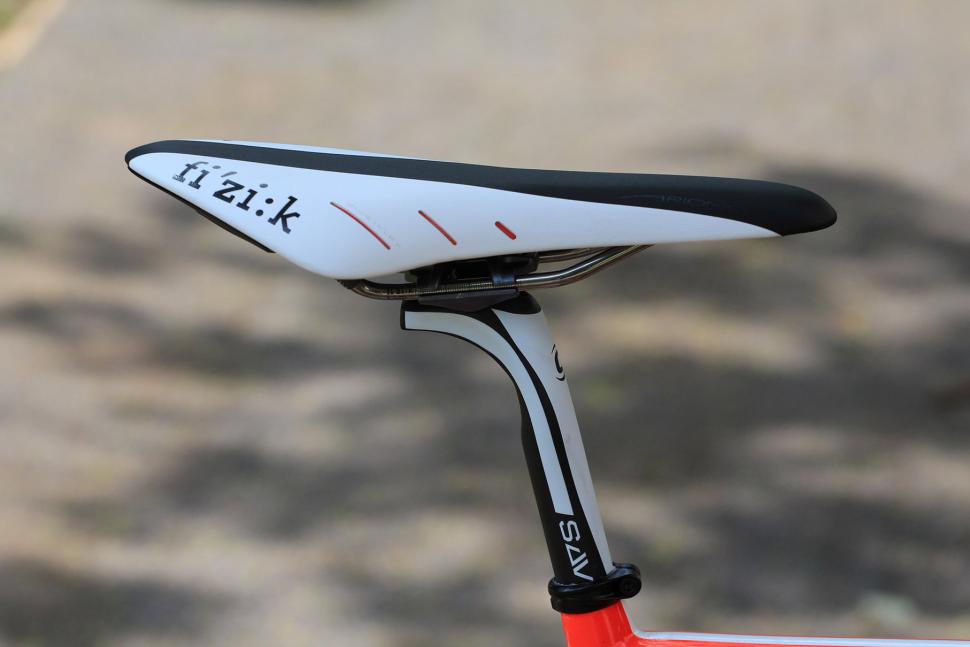
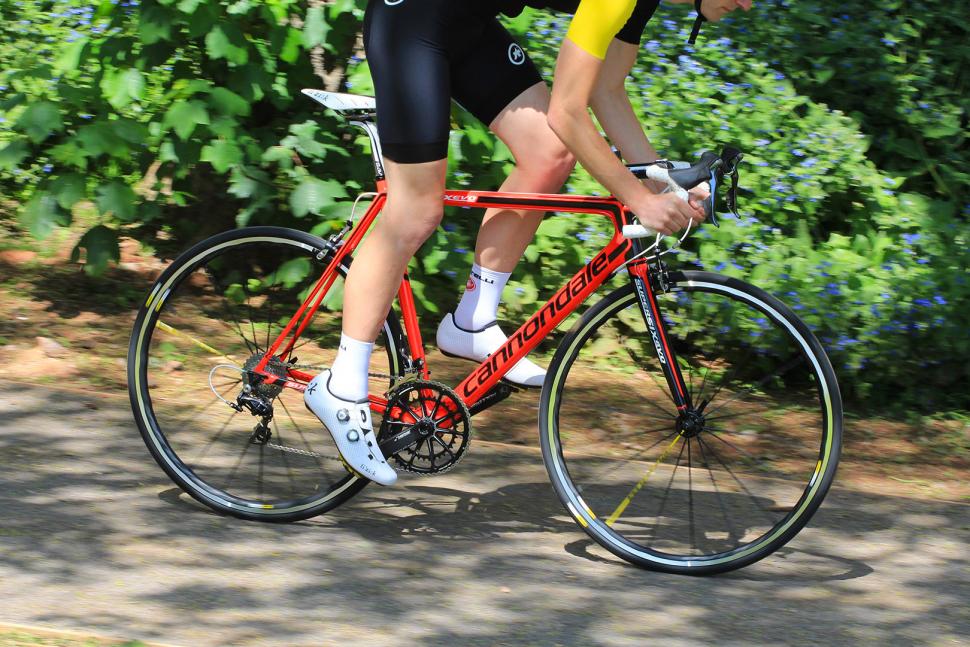
0 Response to "2017 Cannondale Supersix Evo Hi Mod Bicycle Blue Book"
Post a Comment